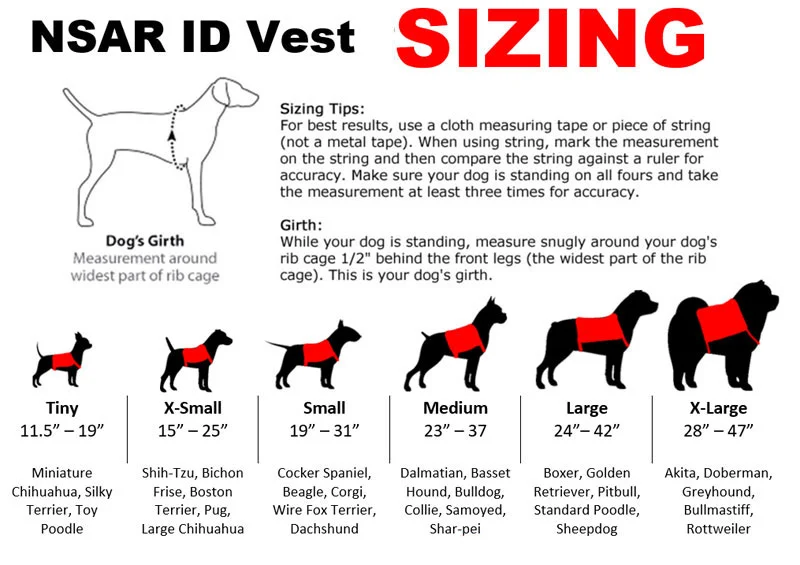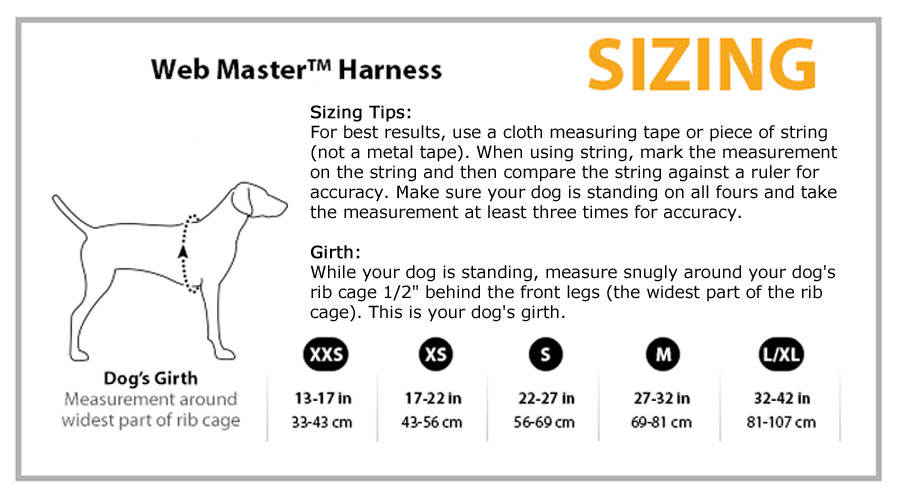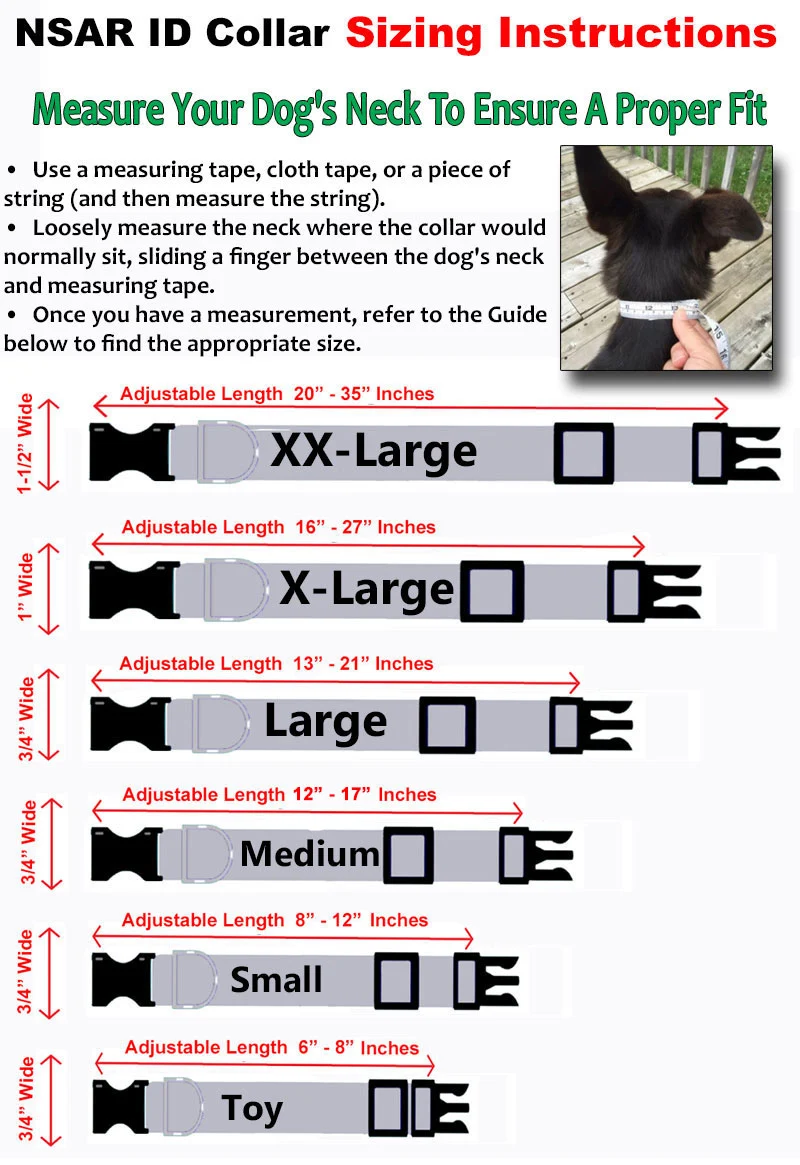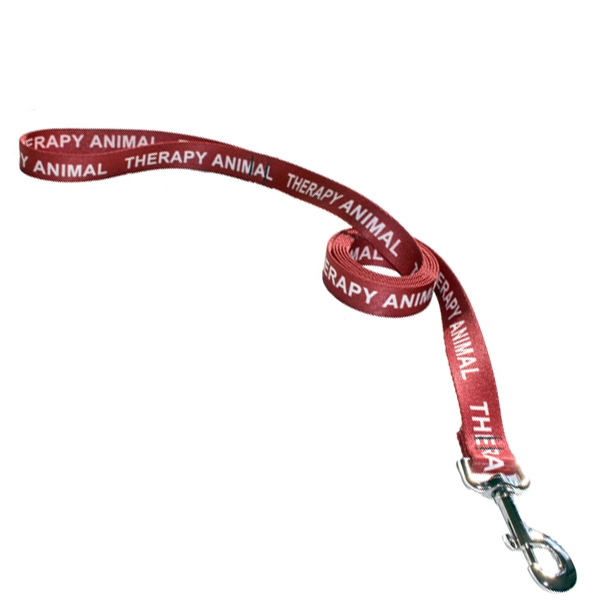
Unveiling the Intriguing History of National Boston Terrier Day
As we prepare to celebrate National Boston Terrier Day, it’s essential to delve into the rich history of this joyous occasion. The day is a heartfelt tribute to one of the most beloved dog breeds, the Boston Terrier. This charming canine has won the hearts of dog enthusiasts worldwide, thanks to its friendly demeanor, distinctive appearance, and unwavering loyalty.
National Boston Terrier Day originated as a grassroots movement among dedicated Boston Terrier enthusiasts who sought to create a special day to honor their cherished companions. Over time, the celebration gained widespread recognition, and now, every year on January 31st, Boston Terrier lovers come together to celebrate the breed that has brought so much joy and companionship into their lives.
Recommended Activities: A Well-Balanced Selection for Every Boston Terrier Enthusiast
In the spirit of National Boston Terrier Day, let’s explore a curated selection of activities that cater to the diverse interests of Boston Terrier owners. To ensure inclusivity, we’ve organized these activities based on popularity, offering a mix of both indoor and outdoor options.
Outdoor Adventures
- Playtime at the Dog Park: Gather fellow Boston Terrier enthusiasts and head to a local dog park for a day of frolicking and socializing. Boston Terriers thrive on interaction with other dogs and will revel in the opportunity to make new friends.
- Scenic Walks and Hikes: Boston Terriers are known for their moderate energy levels, making them ideal companions for outdoor walks and hikes. Explore nearby trails or parks to give your furry friend a chance to stretch their legs and enjoy the great outdoors.
- Boston Terrier Meetups: Check local community boards or online forums for Boston Terrier meetups in your area. These gatherings are a fantastic way for both dogs and owners to connect, share stories, and celebrate their mutual love for the breed.
Meet Up with Boston Terrier Owners

Indoor Delights
- Homemade Treat Baking Party: Gather friends and their Boston Terriers for a fun-filled baking party. Create homemade treats using dog-friendly recipes, and let the dogs enjoy the delicious results.
- Boston Terrier Photo Booth: Set up a themed photo booth with props and backdrops featuring Boston Terrier motifs. Capture adorable moments with your furry friend and create lasting memories.
- Interactive Puzzle Games: Keep your Boston Terrier mentally stimulated with interactive puzzle games. These activities engage their intelligence and provide a rewarding experience for both dog and owner.
Best Rated Puzzle Games for Dogs
Boston Terriers as Exceptional Emotional Support Animals and Service Dogs
Beyond the joyous celebrations of National Boston Terrier Day, it’s essential to recognize the remarkable qualities that make Boston Terriers exceptional as both emotional support animals and service dogs.
Emotional Support Animals (ESAs)
Boston Terriers, with their affectionate nature and keen sensitivity, make excellent emotional support animals. These dogs have an innate ability to provide comfort and companionship, offering solace to individuals dealing with emotional challenges. The unwavering loyalty of a Boston Terrier can be a source of immense emotional support for those in need.
Service Dogs
In addition to their role as emotional support animals, Boston Terriers have proven to be effective service dogs. Their intelligence, trainability, and small size make them well-suited for various service tasks. From assisting individuals with mobility challenges to providing support for those with medical conditions, Boston Terriers have demonstrated their versatility in enhancing the quality of life for their human companions.
Wrapping Up the Celebration
As we commemorate National Boston Terrier Day, let’s reflect on the unique bond we share with these wonderful dogs. Whether engaged in outdoor adventures, baking treats, or simply enjoying a quiet moment together, the day serves as a reminder of the joy and companionship Boston Terriers bring into our lives.
So, on this special day, let’s celebrate the Boston Terrier breed.
Brought to you by National Service Animal Registry. Learn more about us and how to qualify your pet as a service dog, emotional support animal (ESA), or therapy animal, TODAY!

























